15 Timeless Damascus Handicrafts That Will Blow Your Mind
Damascus isn’t just a city—it’s a whole vibe. Every street, souq, and corner feels like stepping into history, and the crafts here? Absolutely legendary. For centuries, Damascus has been home to some of the most stunning handmade pieces, from fabrics that scream luxury to swords that could take down legends. Ready to explore the magic? Here are 15 of the most awesome handicrafts Damascus is famous for!
1. Damascus Brocade: Fit for Royalty

Silk mixed with gold and silver threads, draped like a dream. Damascus brocade isn’t just fabric; it’s pure luxury! It’s so fancy, even Queen Elizabeth II chose it for her wedding gown. This craft dates back to the Byzantine era and has been a symbol of elegance ever since.
2. Aghabani Embroidery: The OG Table Décor
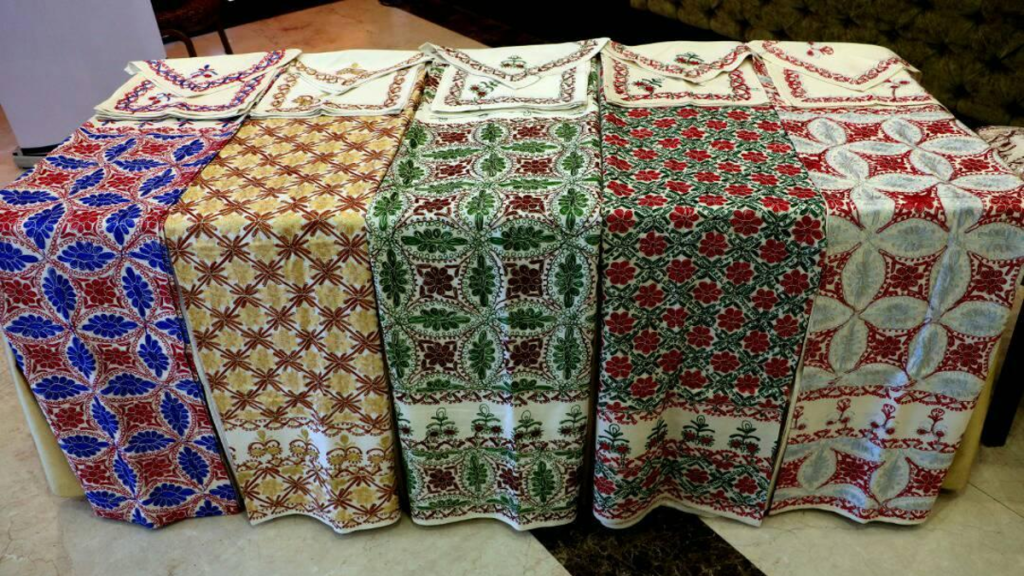
Straight out of the Middle Ages, Aghabani embroidery turns any piece of fabric into a masterpiece. Known for its intricate oriental designs, it’s still the go-to for those who love a splash of elegance on their table or in their homes.
3. Goldsmithing: Bling Since Forever
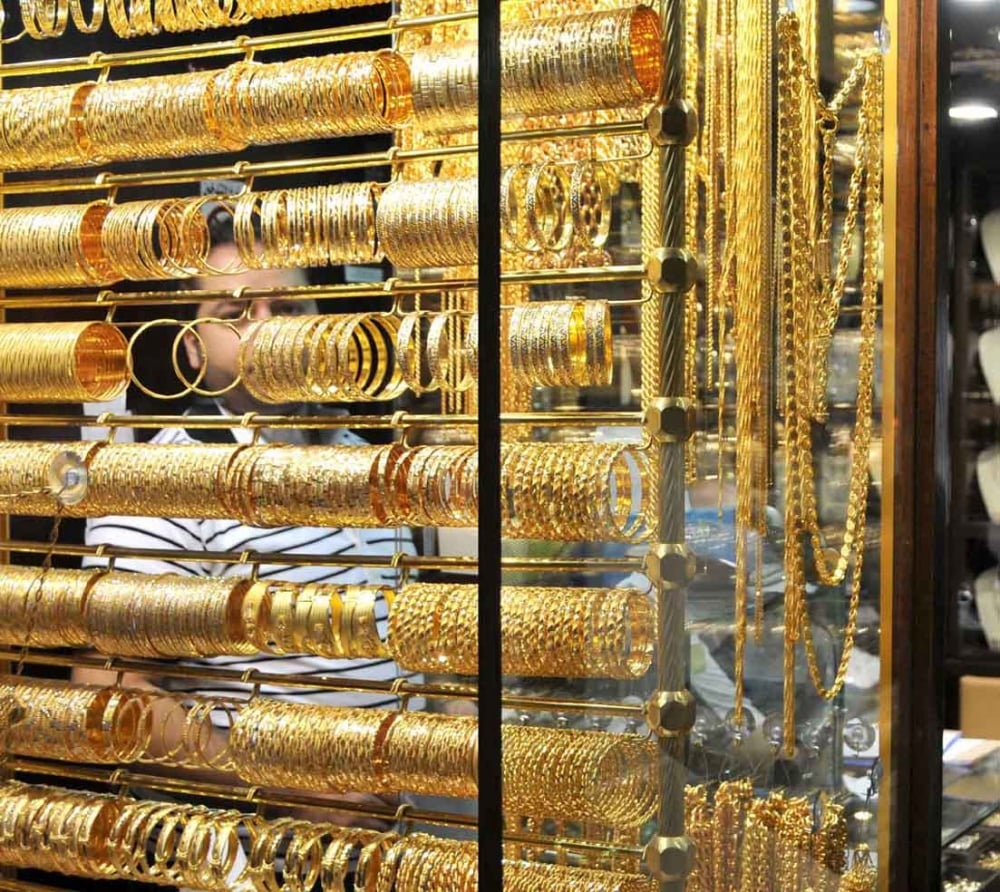
Gold crafting in Syria began over 4,000 years ago, with traces of this art found in sites like Ugarit, Ebla, and Palmyra. Damascus remains a goldsmithing center, especially in the historic Gold Souq. The souq is divided into two sections: the inner souq for pearls and jewels and the outer souq for bracelets and rings.
4. The Damascus Sword: Strength and Craftsmanship for 1,500 Years
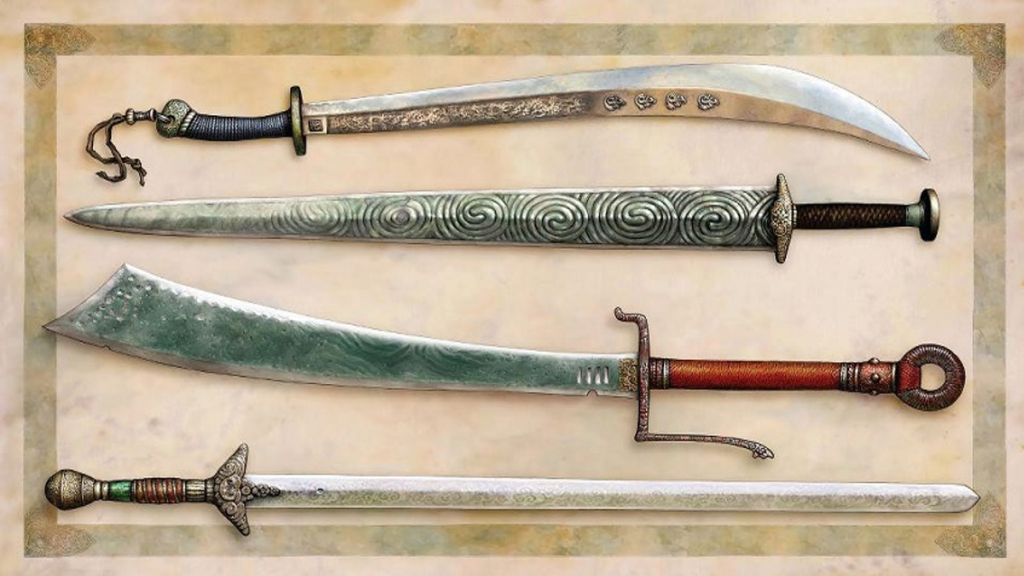
Damascus swords, made during the early Islamic era, are crafted from Damascus steel known for its strength and durability. These swords were famous for their sharpness—legend says they could cut a hair in midair or even stone. They became a global symbol of Damascus’ skill and resilience.
5. Qishani: Ceramics from the Umayyad Era
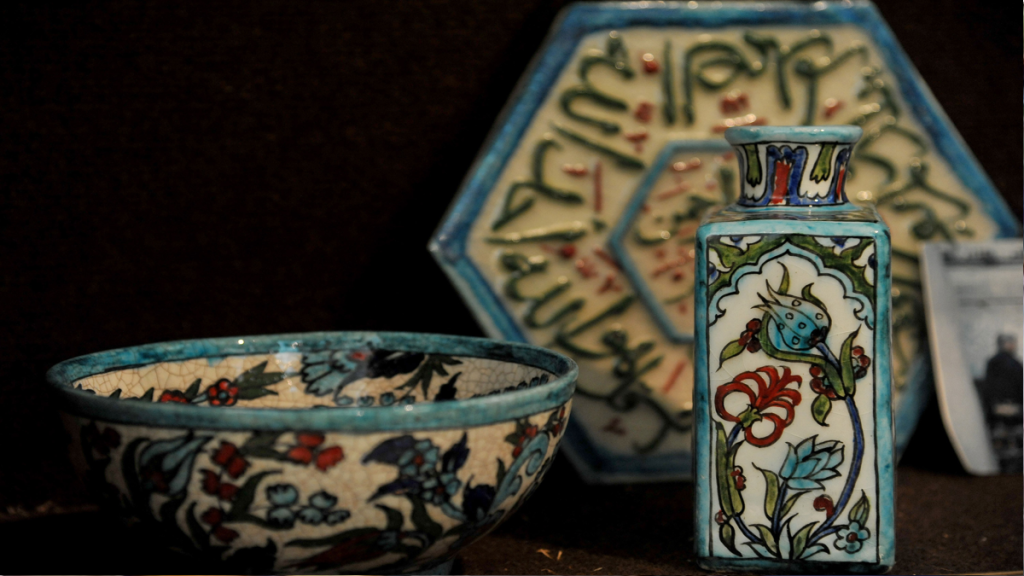
Qishani art, based on decorated ceramics, originated during the Umayyad period (7th century AD) and later spread across the Islamic world. Damascene artisans mastered this craft, creating tiles, vases, and mosque lanterns adorned with intricate patterns.
6. Damascus Mosaic: 18th-Century Creativity
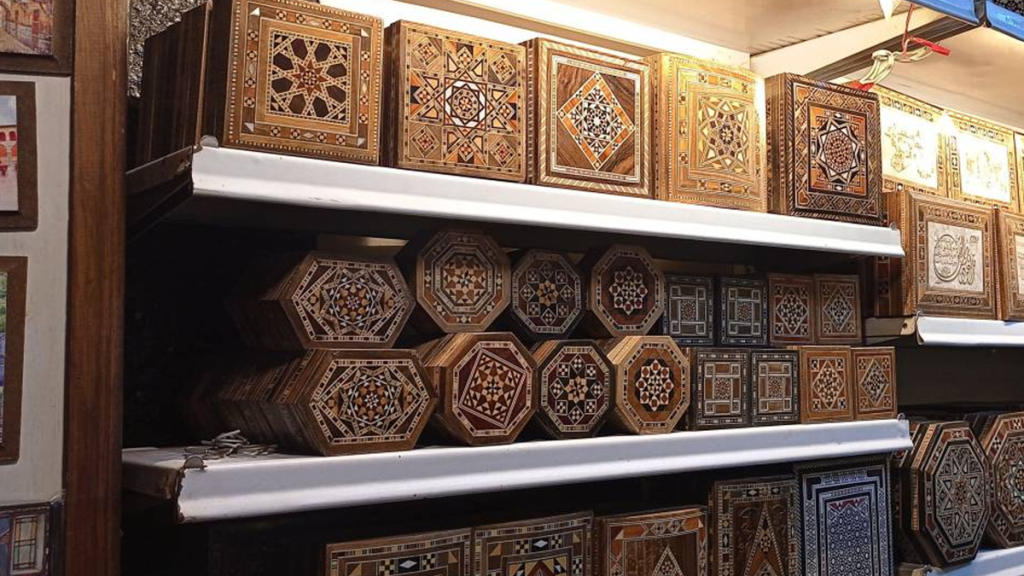
The Damascus mosaic craft began in the 18th century, where artisans inlaid wood with small pieces of mother-of-pearl or colorful wood to form complex designs. Mosaic art still adorns traditional homes and palaces in Damascus.
7. Ajami Painting: Medieval Embossed Art
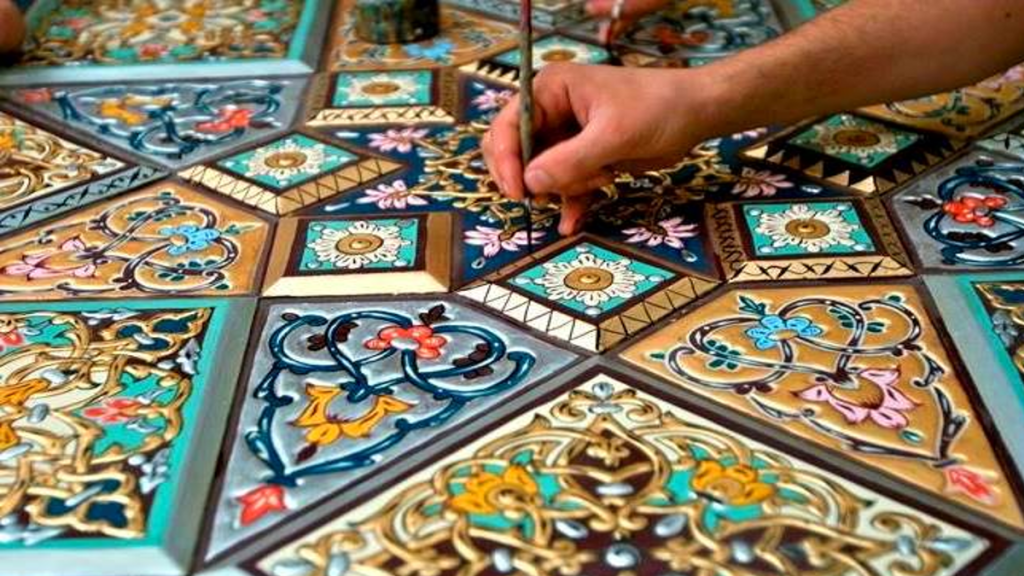
Ajami painting, featuring raised decorations, emerged in Damascus during the Middle Ages. Artisans used natural materials to create elaborate patterns on ceilings and walls, adding a touch of luxury to palaces.
8. Copper Engraving: 400-Year-Old Masterpieces
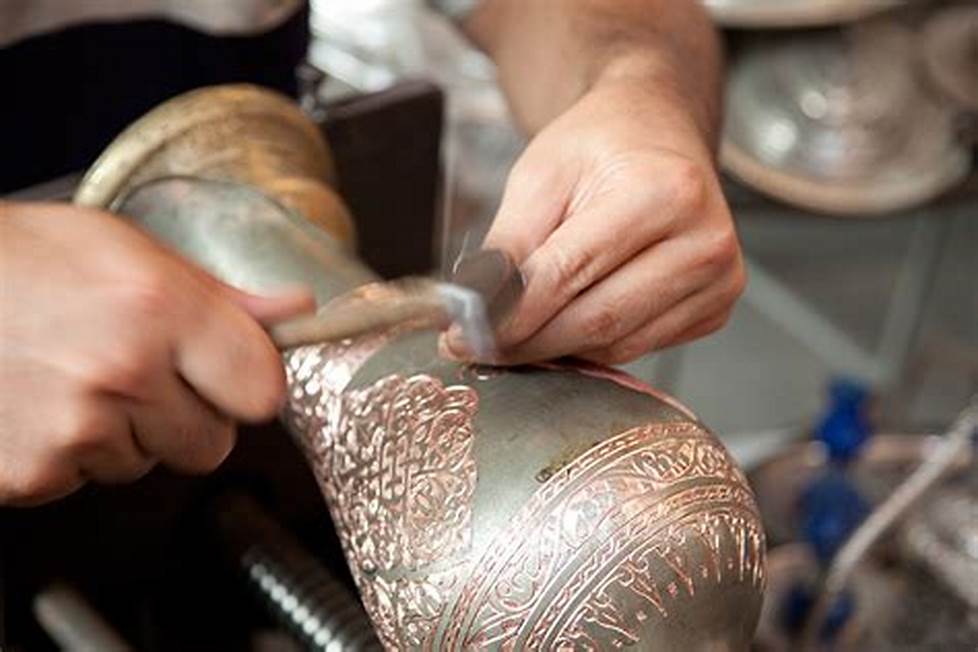
Copper engraving dates back to the Ottoman era. Artisans carved intricate patterns on copper to transform it into artistic masterpieces. These artifacts are still found in Damascus markets and are highly sought after worldwide.
9. Damascus Tarboosh: A Symbol of Ottoman Elegance
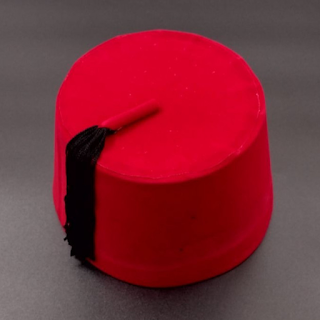
The tarboosh (was introduced to Damascus during Ottoman rule in the 16th century. It became a hallmark of elegance for the city’s elite. Although rarely seen today, it remains a cherished symbol of Damascus’ heritage.
10. Damascus Clogs: The Traditional Footwear
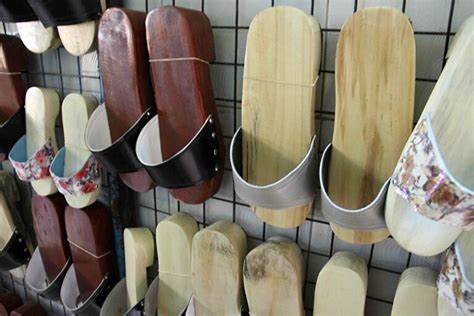
Damascene clogs were used in baths and mosques over 1,000 years ago. Made skillfully from wood, they are now nostalgic items that remind us of simpler times.
11. Pottery and Ceramics: Since 6,500 BC

Pottery is one of the world’s oldest crafts, originating around 6,500 BC. Damascenes used it to store food and liquids. This craft continues to this day, showcasing the unmatched skills of Damascene artisans.
12. Damascus Oud: The Music of Authenticity

The Damascus oud (a traditional string instrument) is among the finest in the world. Damascus artisans perfected its craftsmanship, making it the top choice for Arab and international musicians.
13. Stained Glass Art in Damascus
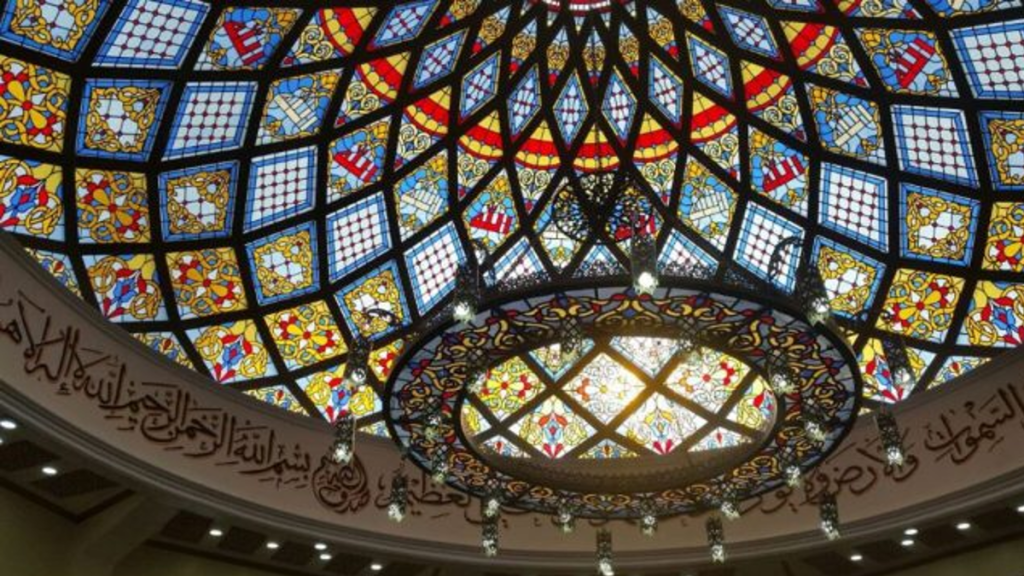
Stained glass has a history of over 2,000 years in Damascus. This craft combines gypsum and glass to create colorful shapes reflecting nature and life. It’s used for windows, murals, and partitions, embodying the soul of Old Damascus.
14. Glass Blowing
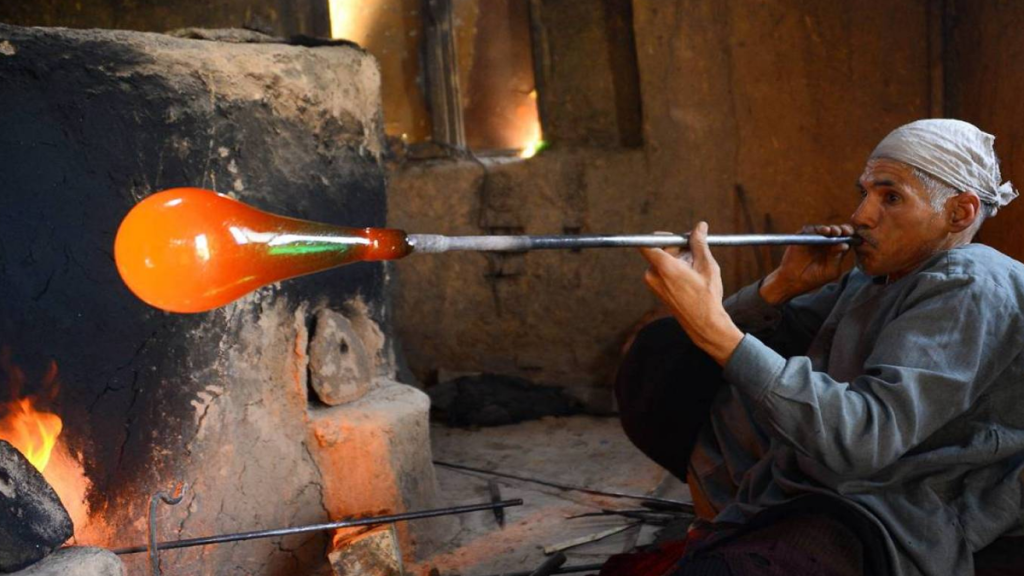
Glass blowing is one of Damascus’ oldest and most iconic crafts. Artisans skillfully shape molten glass by blowing and molding it by hand. Once used for daily needs, this craft now faces extinction due to high costs, despite being a vital part of our heritage.
15. Wicker Chairs
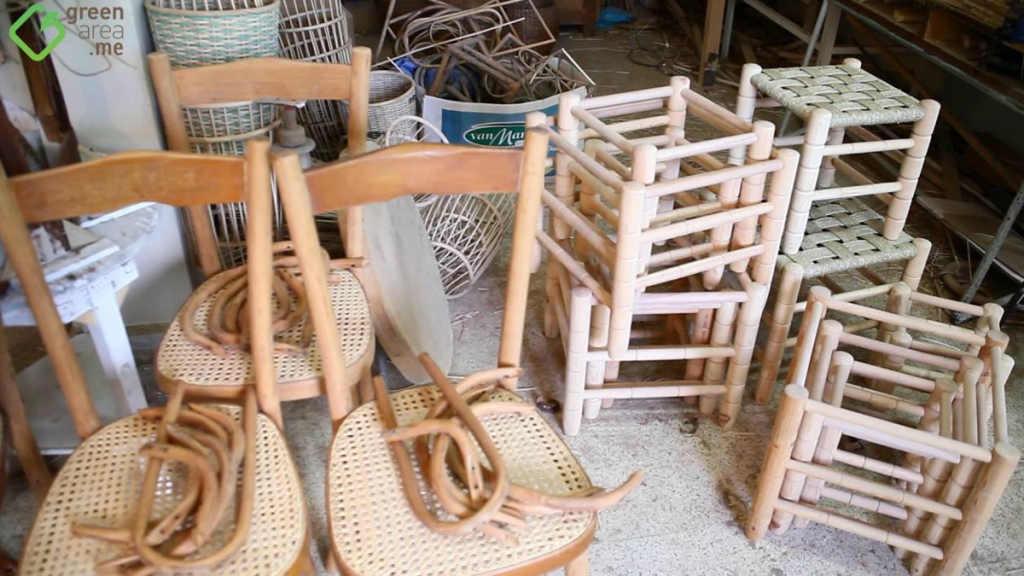
Damascus wicker chairs are a 600-year-old Syrian tradition known for their lightweight and durability, crafted without adhesives. Artisans use river reeds, skillfully soaked and woven by hand, to design chairs in various shapes and colors that suit every taste.
A Testament to Damascus’ Greatness
Damascus isn’t just a city; it’s a love letter to craftsmanship, creativity, and history. Whether you’re walking through the bustling souqs or marveling at the architecture, the city’s artisanal spirit is everywhere. These 15 handicrafts are more than just objects—they’re a connection to a past that refuses to fade.
So, next time you visit Damascus, keep an eye out for these treasures. You might just take home a piece of history!
You might also like: 12 Things That Remind Us Exactly Why We Love Damascus